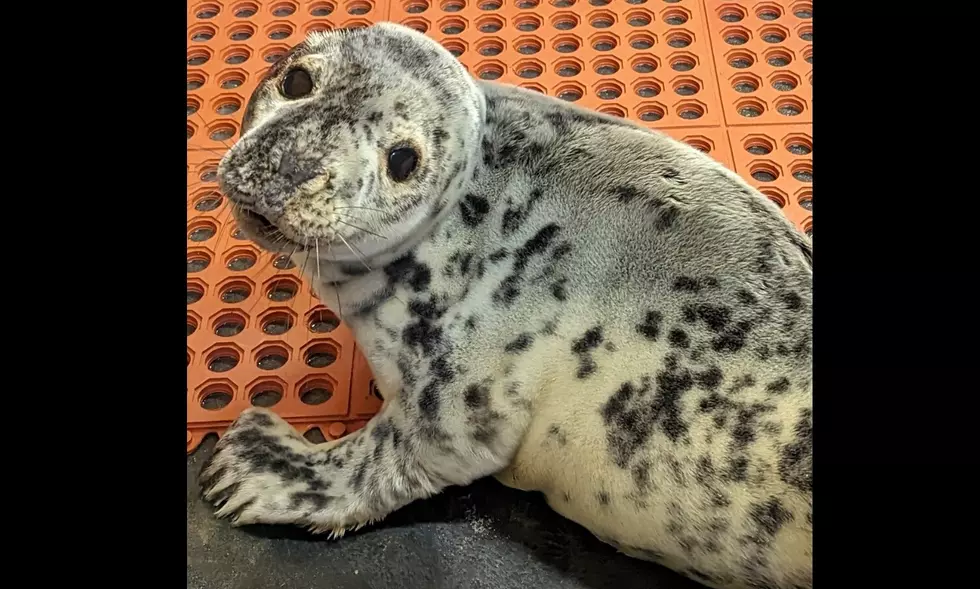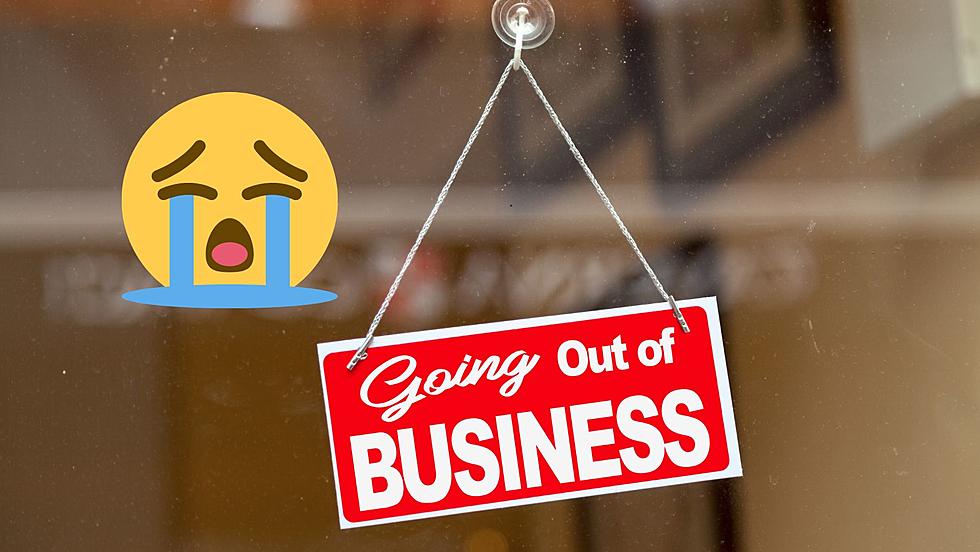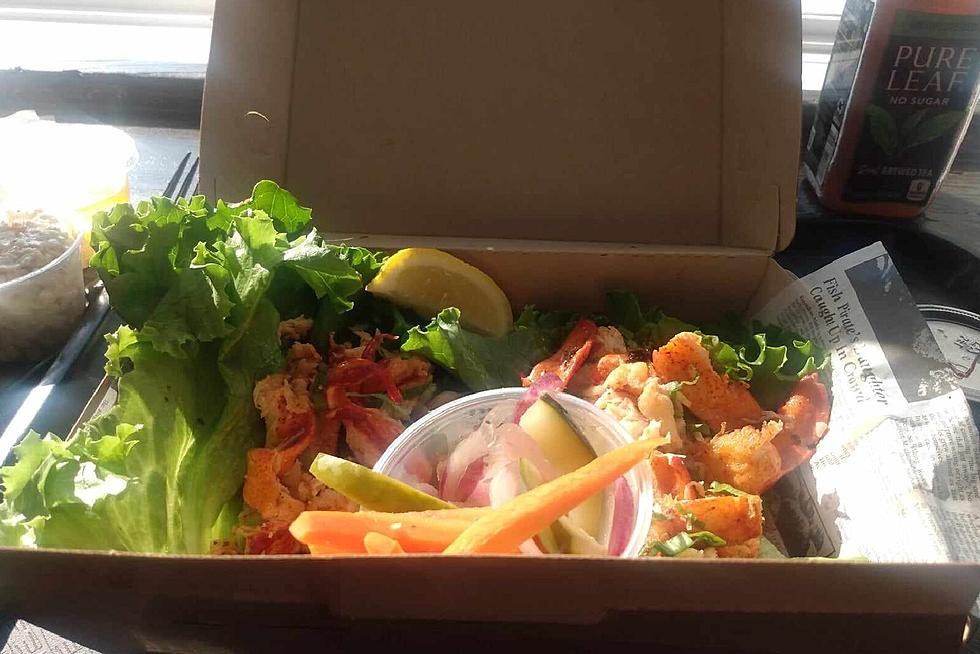
Eaten Oysters in New Jersey Lately? Watch Out for Norovirus
A shipment of oysters recently harvested from Canada and sent to New Jersey may have been contaminated with the norovirus.
We're changing the name from oysters to EW-sters. What's worse, experts warn the virus doesn't necessarily give off a foul smell. You'd think that if the mollusks had gone bad from more than just being past their expiration date, it would be obvious.

But that's not how norovirus works. Health officials say the contaminated oysters may look, taste, and yes, even SMELL normal, NJ.com reports. That means you likely won't know you've been affected until symptoms come on.
Those symptoms, according to the Centers For Disease Control, include headache, stomach ache, body aches, fever, nausea, vomiting, and diarrhea, and usually surface within 12-48 hours of exposure to norovirus. Most people recover in a few days, the CDC reports.
The bad oysters reportedly came from British Columbia in Canada, an area called Baynes Sound. The mollusks were shipped to restaurants and retail stores in as many as 13 states in the U.S., according to NJ.com, including New Jersey, New York, and Massachusetts.
The Food & Drug Administration says the oysters resulted from a harvest at the end of January, with batch numbers BC 14-8 and BC 14-15.
Restaurants that received oysters from those batches were warned NOT to sell the seafood in a raw state to minimize risk to patrons.
Listeners' Picks: Best Places in South Jersey to Get Freshest Seafood
50 Most Popular Chain Restaurants in America
The Seafood You Have To Try At The Jersey Shore This Local Summer
More From Lite 96.9 WFPG










